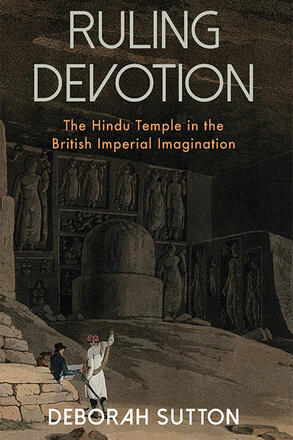
Ruling Devotion
The Hindu Temple in the British Imperial Imagination
Alternative formats available from:
Combines historical, literary, art historical, and archaeological perspectives to explore the idea of the Hindu temple in the British colonial imagination.
Description
From 1800 onwards, the Hindu temple occupied a fragile and uneasy proximity to Imperial governance in India. The colonial state sought to regulate and extract the wealth of large temples. Imperial scholars classified the extraordinary diversity of architectural forms from across India, and selected temples were defined as monuments and brought into the custody of Imperial archaeology. Over time, the Imperial literary imagination transformed the Hindu temple from a place of worship and devotion into a space of wealth, sensuality, and violence. However, the Hindu temple also tested the Imperial state. Devotees and trustees manipulated and rejected attempts at governance, and the Hindu temple became a site at which the authority of the state was persistently modified or curtailed. Ruling Devotion combines historical, literary, art historical, and archaeological perspectives to explore the idea of the temple in particular localities, through the formation of pan-British-Indian policy and in the broadest of transnational realms of Imperial culture. Drawing on a huge range and diversity of archival materials, the book explores the preoccupations and frailties of the colonial state in India.
Deborah Sutton is Professor of South Asian History at Lancaster University. She is the author of Other Landscapes: Colonialism and the Predicament of Authority in Nineteenth-Century South India.